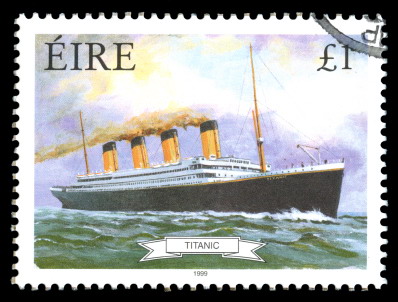14 Apr She went down, but she’s never been forgotten.
Remembering the Titanic, all we lost and all who survived.
At 11.40pm on the night of 14 April 1912, en route to New York and on her maiden voyage, the RMS Titanic struck the iceberg that would ultimately lead to her sinking less than 3 hours later. At around 2.20am on the morning of 15 April, RMS Titanic disappeared beneath the surface of the Atlantic Ocean, a disaster that resulted in the loss of more than 1,500 lives, almost two-thirds of the people on board. Here are some fast and interesting facts about the Titanic voyeage.
269.1 – the length of the Titanic in metres (882 feet 9 inches).
825 – the amount of coal used per day, in tonnes.
10,000 – the approximate number of lamp bulbs used on the ship.
12,600 – the depth at which the wreck of the Titanic lays, in feet.
18 – the distance that the bow penetrated into the sea bed, in metres.
74 – the number of years it took to find the wreck of the Titanic.
6 – the number of warnings of icebergs the Titanic received before the collision.
160 – the minutes it took the Titanic to sink after hitting the iceberg (2 hours and 40 minutes).
-2 – the temperature of the sea water in centigrade.
64 – the number of lifeboats the Titanic was equipped to carry.
20 – the number of lifeboats she actually carried.
28 – the number of people on board the first lifeboat out of a capacity of 65 people.
Of course, there have been movies made about the Titanic, museums opened, grave sites visited. It’s certainly one of those tragic events that won’t ever be forgotten.
Georgia Mouka, Volunteer Blogger at Brampton Meals on Wheels



Sorry, the comment form is closed at this time.